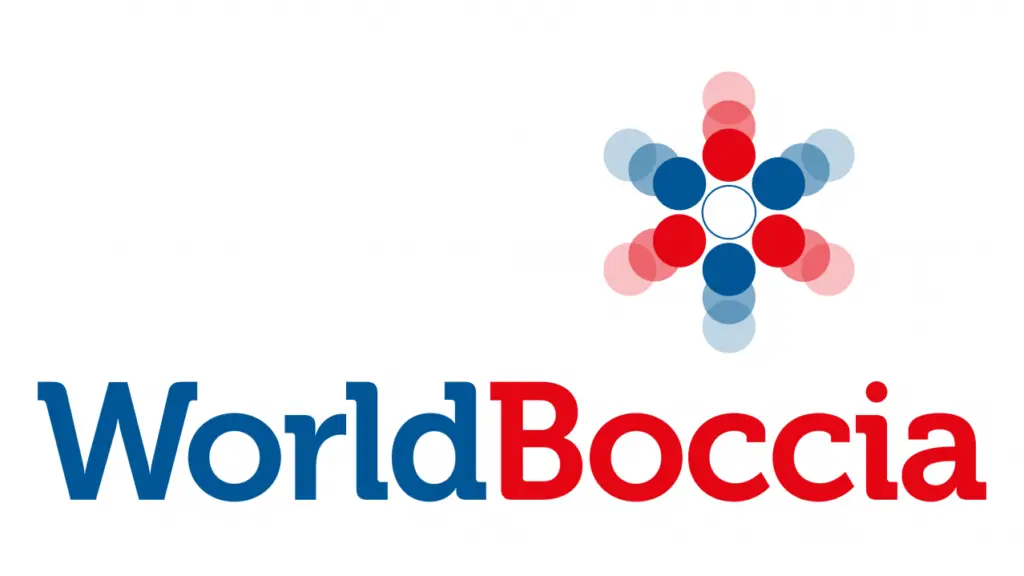About Boccia
About Boccia
As a sport, Boccia was originally predominantly played by people with cerebral palsy, but has now expanded to include players and athletes with other disabilities that affect motor skills. All players are required to be seated when releasing the ball, and most play from a wheelchair. Players can throw, kick or use a ramp to get the ball where you want it to go.
Boccia is one of the world’s fastest growing and most inclusive Paralympic sports and at Paralympic level, Boccia is one of only two sports which do not have an Olympic counterpart – Goalball being the other.

- Boccia is played on a court measuring 12.5 × 6 m with 2 m of empty space around it.
- The surface of the court is flat and smooth.
- The throwing area is divided into six rectangular throwing boxes in which the athletes must stay completely within during play.
- On the court is a V-shaped line over which the jack must cross for the throw to be valid.
- At the end of the court is the ‘dead ball container’ which balls are put in if they are thrown outside of the time limit, out of the area of play or the athlete violates a rule during his or her throw.
- A cross marks the position where the jack must be placed if it touches or crosses the boundary line or in the case of a tie break.
- The balls are made of leather and are slightly larger than a tennis ball, weighing approximately 275 grams and measuring 270mm in circumference. Boccia balls are available in varying degrees of firmness.
- Each side has six balls per ‘end’, and each end is timed.
- The jack is thrown first, then the first two regular balls are played, (first, the player who threw the jack then the opposing side), after which, the side furthest away from the jack goes next in an attempt to either get closer to the jack or knock the opposition’s ball out of the way.
- In this fashion, each end will continue until one side has played all six balls, at which point, the opposing side will play their remaining balls. When each end is finished, the referee identifies ball (or balls) of the same colour closest to the jack, and awards points accordingly – one point for each ball that is closer to the jack than the opponent’s closest ball.
- The team/player with the highest number of points at the end of play is the winner. If both teams have the same amount of points after all ends have been played, one additional end, the tiebreaker, is played to determine a winner.
- Individual competition consists of four ends and six balls per player per end, whilst paired competition is four ends and six balls per pair per end (three per player). Team competition is six ends, and six balls per team per end (two per player). In pair and team events, a reserve player is allowed. Between ends a reserve can be substituted for a player during a game, but only one substitution per game is permitted.
For competition purposes, athletes are classified according to their disability into one of four Paralympic classifications
BC1
BC2
Players in this class throw the ball with the hand. They are not eligible for assistance. BC2 players also have a disability of cerebral origin but are less effected than players in the BC1 classification.
BC3
Players in this class have very severe locomotor dysfunction in all four limbs. Players in this class have no sustained grasp or release action and although they may have arm movement, they have insufficient range of movement to propel a Boccia ball onto the court. They may use an assistive device such as a ramp to deliver the ball. BC3 players compete with the help of a sport assistant, called a Ramp Operator or RO. ROs must keep their back to the court and their eyes averted from play at all times and are not permitted to influence the athletes decision making or shot selection.
BC4
Players in this class have severe locomotor dysfunction of all four limbs. They can demonstrate sufficient dexterity to throw the ball onto the court. Players are not eligible for assistance.


